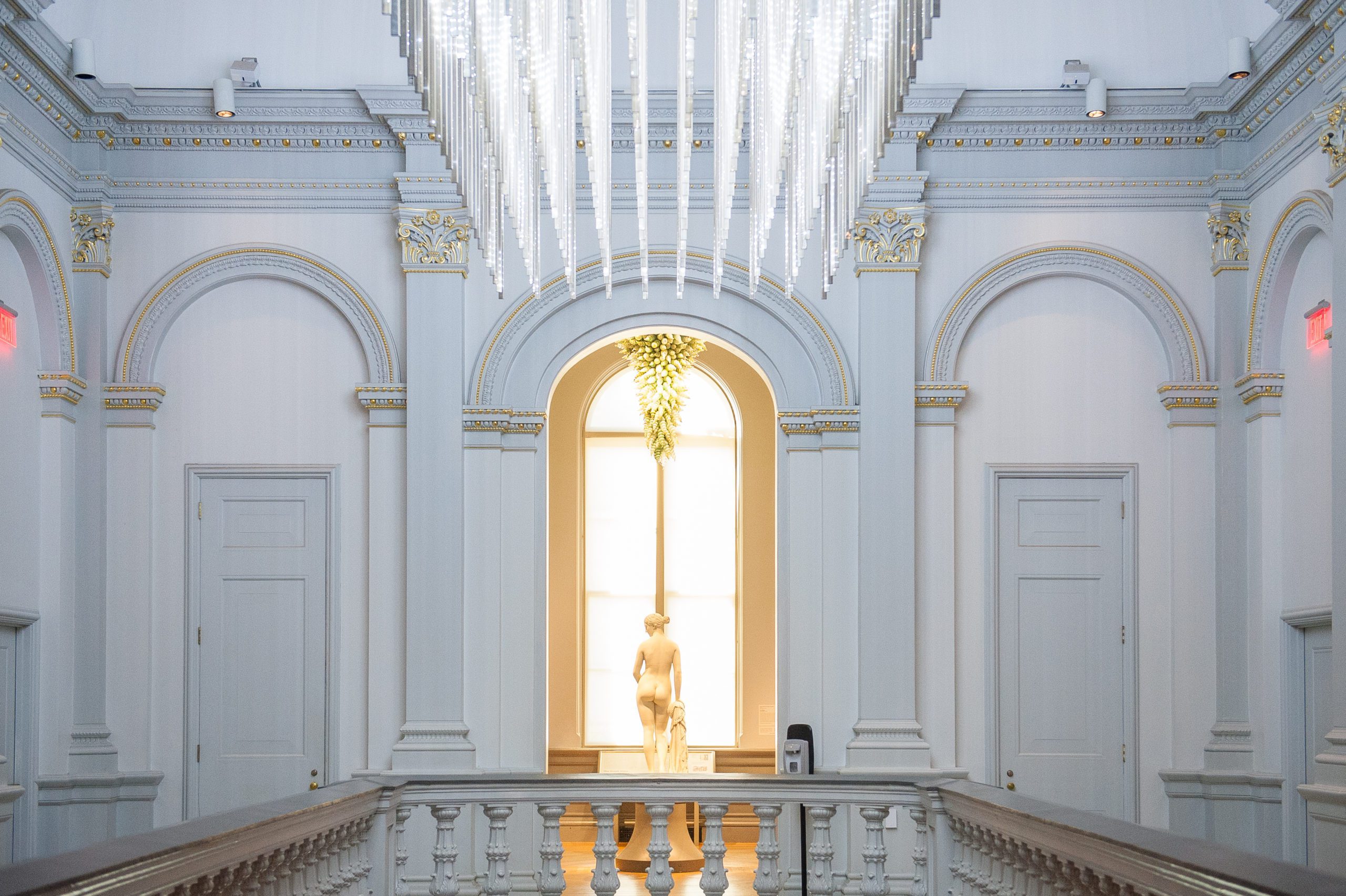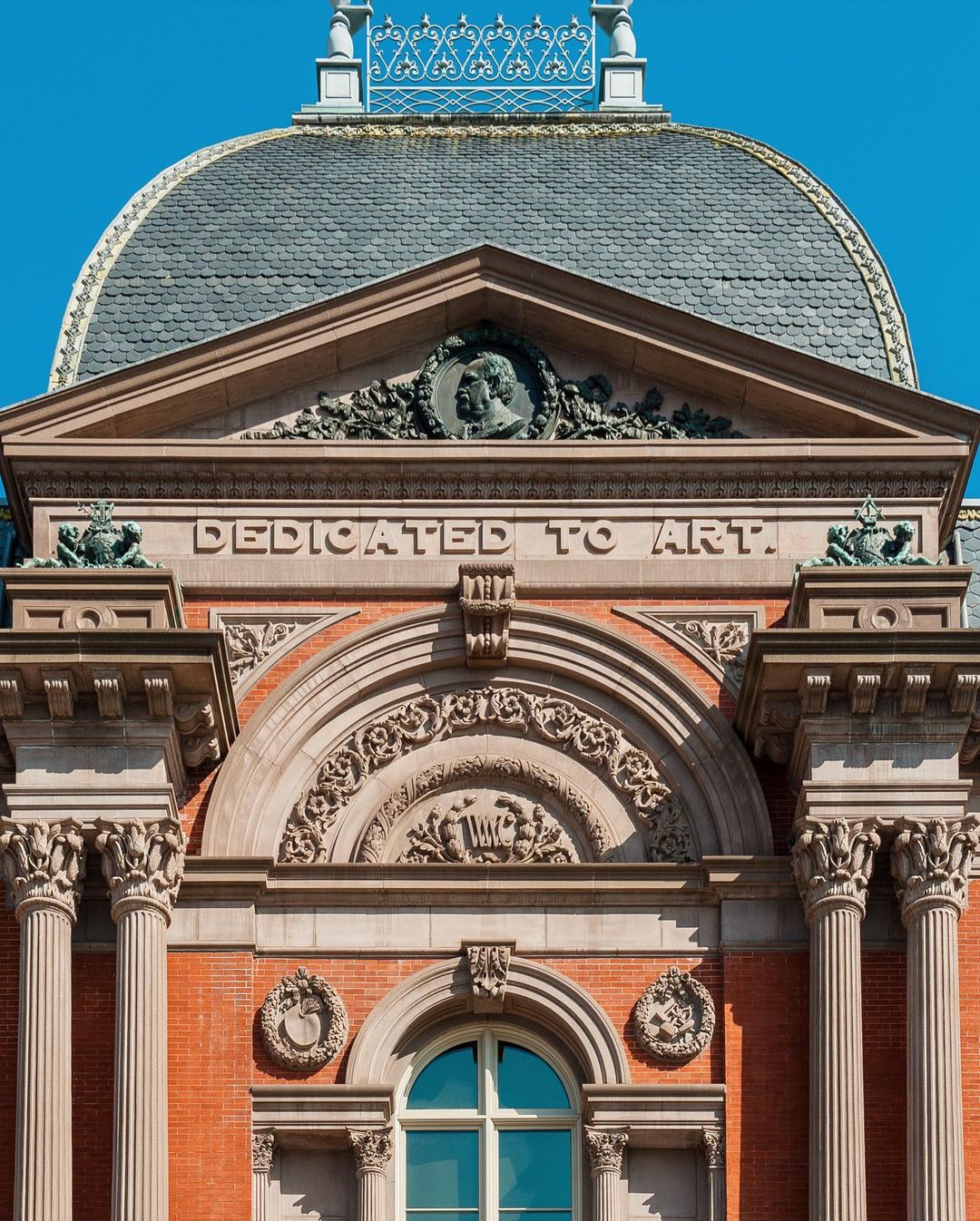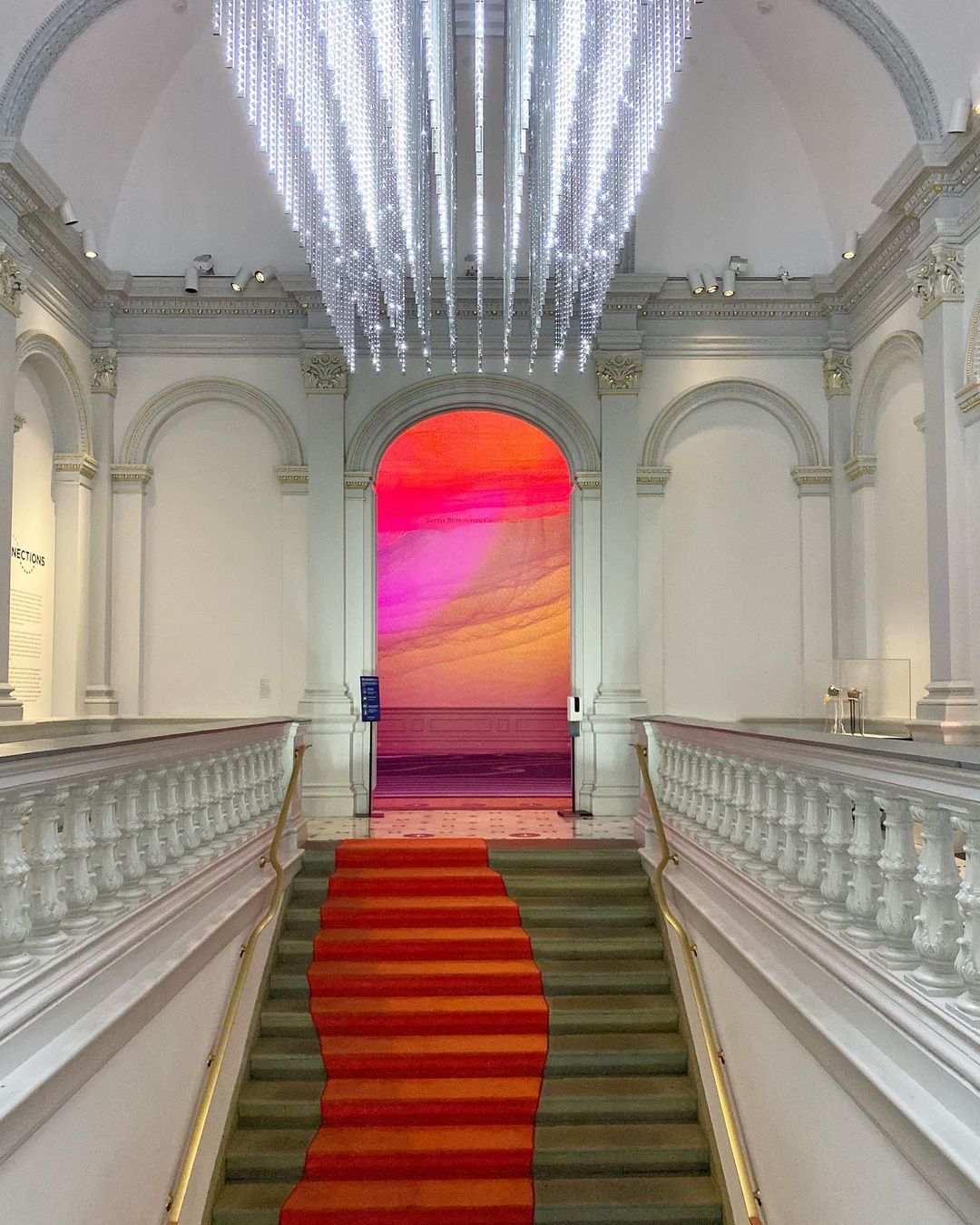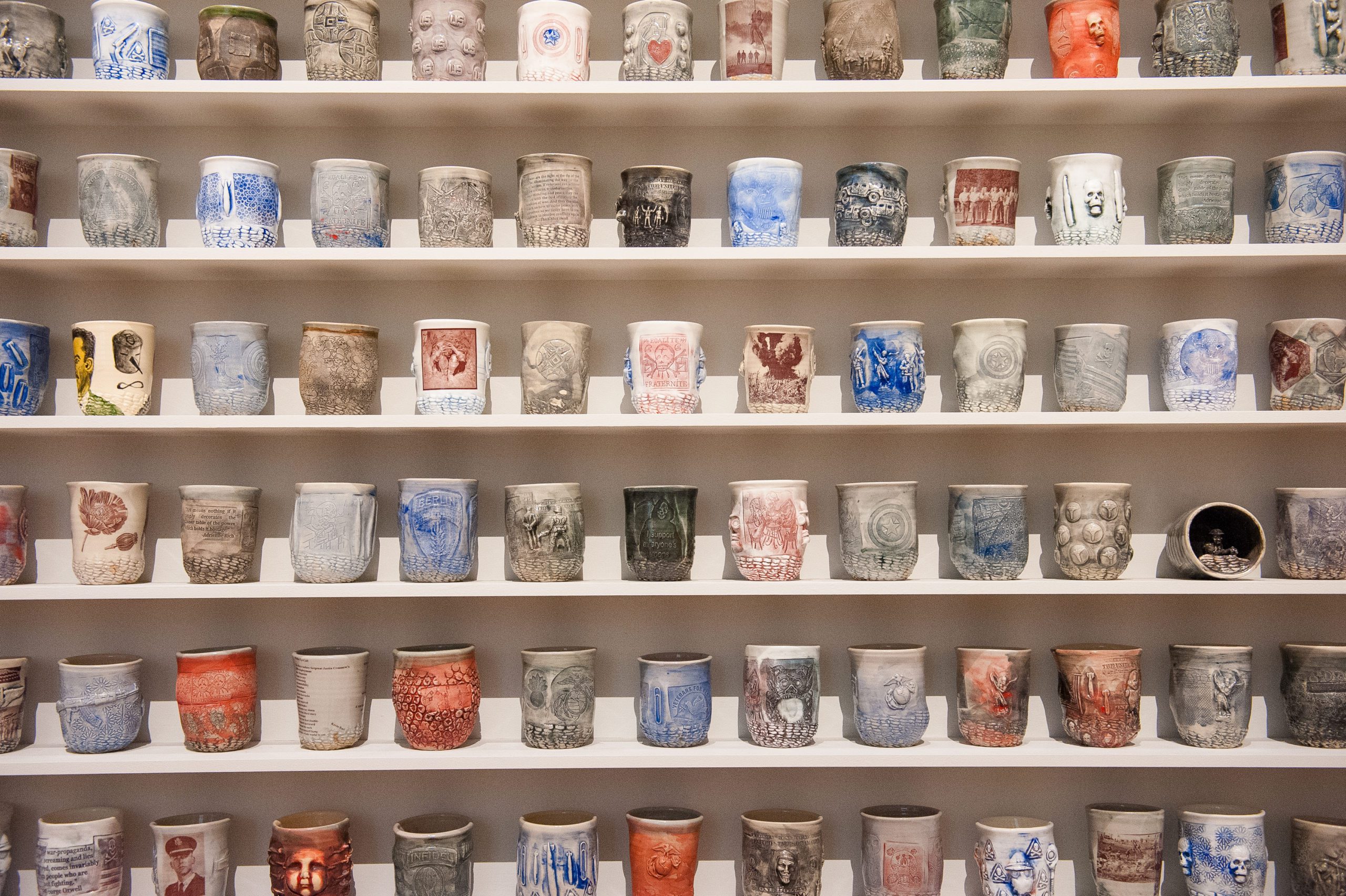Estes Park, Colorado, United States
Stanley Hotel
A one-night stay at the Stanley Hotel sparked the inspiration for Stephen King's The Shining.
AWA Visted Here
Photo Credit: Accidentally Wes Anderson

Photo Credit: Accidentally Wes Anderson

Photo Credit: Accidentally Wes Anderson

Photo Credit: Accidentally Wes Anderson

Photo Credit: Accidentally Wes Anderson
Partner

William Corcoran was so passionate about his intention for the building he commissioned on Lafayette Square that he had it chiseled in stone above its entryway: “DEDICATED TO ART.” Though prevailing tastes of the day looked to Europe for creative achievement, Corcoran felt that his collection, and the art of his young country, was ready for its own venue.
To ensure that the building would fulfil its promise to “encourage American genius,” Corcoran hired one: renowned architect James Renwick Jr., creator of the Smithsonian Castle and New York’s St. Patrick’s Cathedral. Opened to the public in 1874, The Renwick became the first building in America expressly built for the exhibition of art.
The Gallery’s prime locale, mere steps from the White House, led to decades of bullies’ threats to destroy and repurpose the landmark. Heroes always stepped in, as was the case when First Lady Jackie Kennedy successfully preserved it; or when the Gallery joined the wider Smithsonian family in 1965 to become the hub of their American Art Craft program.
Time chipped away, but the Renwick’s bold original intention has remained stamped on its forehead. In 2015, the architectural firm Westlake Reed Leskosky—now part of the DLR Group—gave the Gallery its first makeover in more than 50 years, including rarely sexy, but always awesome *sustainability improvements.
Literally ‘re-energized’, the Renwick continues to embrace & experiment with Crafts, an ever-changing genre with few barriers; one that invites community involvement and wild innovation. Few structures can claim such wing-span: both the first of its kind in America, and an institution with a clear wide-eyed vision of the future…driven, of course, by dedication.
Written By: Accidentally Wes Anderson

Enter the green revolution of architecture, where sustainability isn’t just a buzzword but rather it’s the guiding star of design. This practice is based on the principle that everything we need for our survival, health, and well-being depends directly or indirectly on our natural environment. As you can imagine, this is no small task. Knowing that all resources are finite, sustainable design considers waste reduction, energy conservation, and carbon emission strategies. All of which are used to leave the planet better than we found it. That includes those who inhabit it: these design solutions lead to an abundance of benefits for human wellbeing and even economic health. Think of it as a friendly competitive practice where everyone wins – the planet included.
Looking to read more about this area of the world? This location exists in a guide:
Explore our Guide of Washington D.C. 38.89911, -77.0390607
38.89911, -77.0390607
Need an account? Sign up
This site is protected by reCAPTCHA and the Google Privacy Policy and Terms of Service apply.